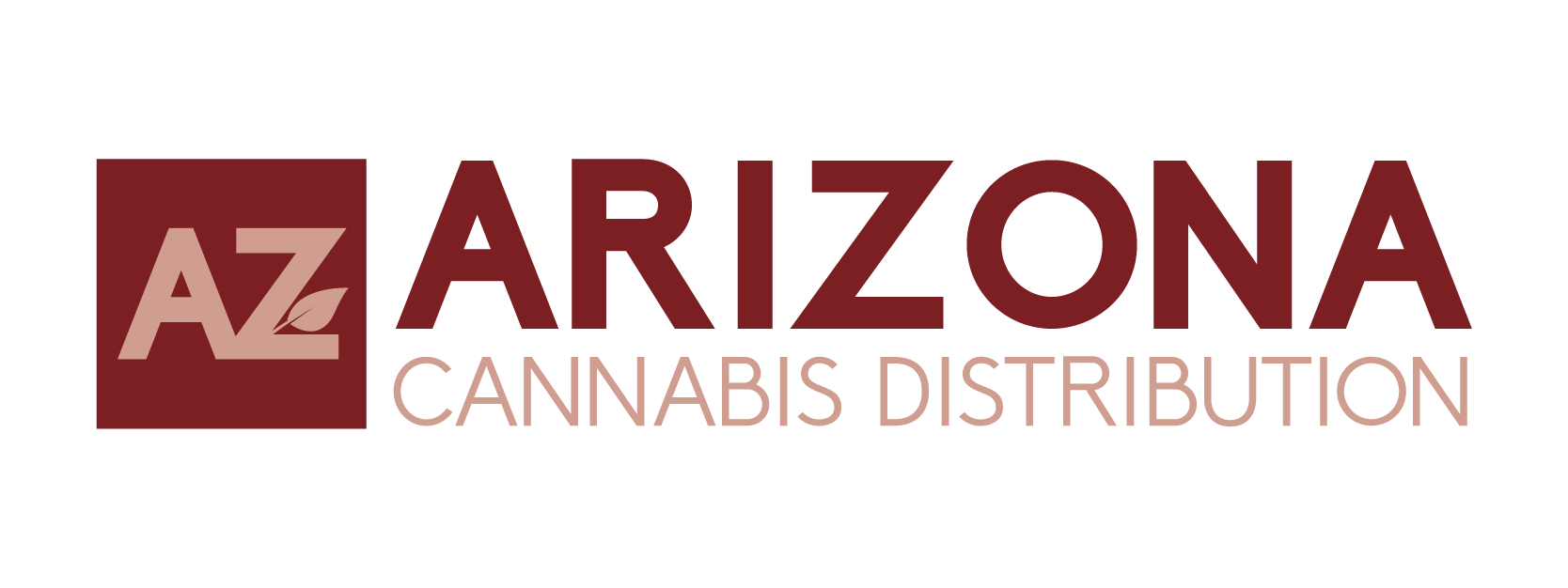On November 1, 2024, Arizona officially launched recreational cannabis delivery, joining just a handful of U.S. states permitting adult-use orders to be brought directly to consumers’ homes. This change—stemming from new regulations approved by the Arizona Department of Health Services—allows dispensaries and licensed third-party services to fulfill door‑to‑door adult-use orders under strict security, packaging, and tracking protocols.
Regulatory Evolution & Security Framework
Legal authority for adult-use delivery was embedded in HB 2770 (2024), which mandates GPS-monitored, camera-equipped, locked-compartment vehicles, limited load values, and rigorous compliance with seed‑to‑sale reporting systems such as METRC. These measures mirror safeguards in medical‑only delivery, already established under Proposition 203, but are now extended to consumers aged 21 and over.
Distribution Strategy & Operational Adjustments
For supply-chain managers, delivery legalization has triggered significant adjustments. Distribution hubs in Maricopa and Pima Counties have revamped their operations—establishing dedicated pick‑and‑pack zones, investing in automated storage solutions, and installing compliance software to synchronize dispatch with METRC in real-time. Vehicles outfitted for adult deliveries now include tamper-evident containers, routing software, biometric ID-check capabilities at drop-off, and digital logs tied to consumer verification.
Arizona dispensaries were already offering online ordering for recreational product pickup; now, those channels must extend to delivery operations, adding layers of driver training, vehicle fleet management, and consumer authentication processes.
Market Implications & Consumer Behavior
Industry data frames the impact: LeafLink’s 2025 Wholesale Cannabis Pricing Guide—drawing on $5 billion in transactions—reveals that delivery-enabled states show ~28% faster SKU turnover and more consistent demand. Additionally, the Arizona Dispensaries Association projects that delivery will “broaden access statewide,” tapping into markets such as elderly consumers, busy professionals, and individuals in underserved areas.
Economic Snapshot & Competitive Edge
Arizona’s entire legal cannabis market is maturing. After peaking at approximately $1.4 billion in 2022–2023, total sales dipped to around $1.1 billion in 2024; March 2025 figures hovered near $106 million monthly, down nearly 10% year-over-year. In this context, delivery’s convenience factor offers a potent tool for reversing softness, offering operators a vital new conduit to maintain market share and enhance consumer loyalty.
Collaboration Across the Ecosystem
Key partnerships are emerging between retailers, logistics tech platforms (e.g., Onfleet, Dutchie), and compliance software providers like LeafLink. Dispensaries rely on real‑time inventory data tied to METRC, route optimization, and secure payment integrations. According to LeafLink, its platform update in April 2025 aims to resolve payment delays and improve end-to-end workflow within cannabis supply chains—an essential support as delivery activity intensifies.
Looking Ahead
Analysts, including BDSA, forecast that delivery-enabling trends will take delivery-enabled states like Arizona into the national top five cannabis markets by volume within the next year. Rising demand appears likely to spur additional innovations: consolidated micro-fulfillment centers, electric delivery fleets, and hyper-efficient last-mile systems tuned to neighborhood-level consumer patterns.
In summary, Arizona’s move to fully integrate recreational cannabis delivery marks a critical inflection point—injecting convenience-driven growth, supply chain acceleration, and operational sophistication into the market. As distribution models mature, the ecosystem will increasingly mirror established e-commerce logistics capabilities—refreshing expectations around speed, traceability, and consumer experience.
